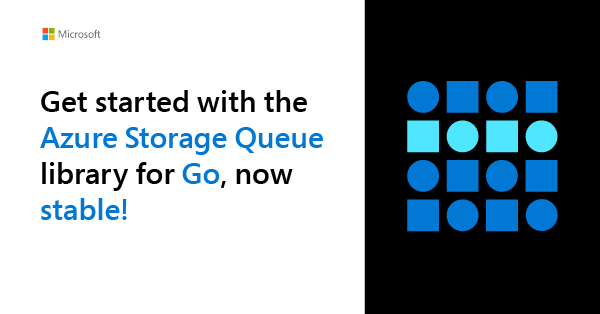

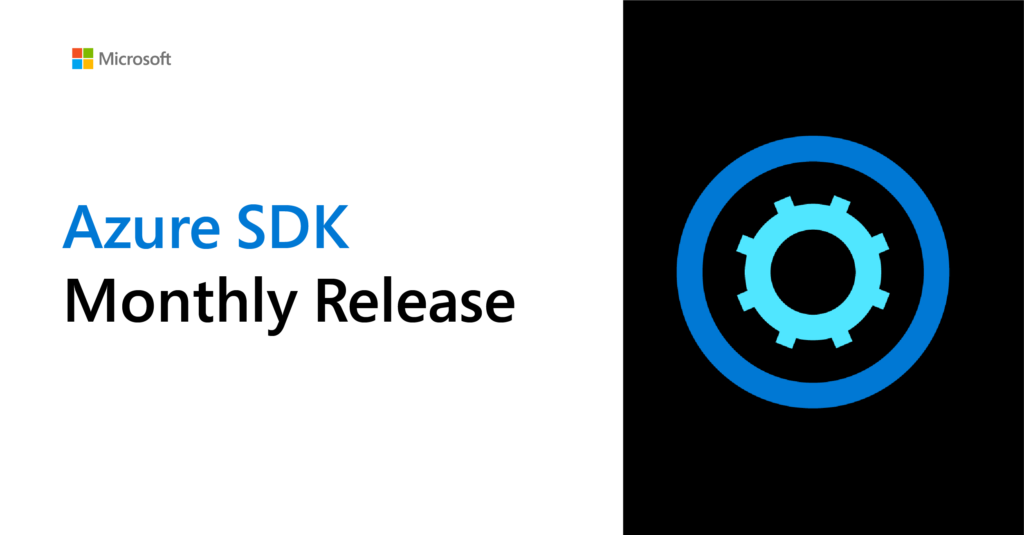
Azure SDK Release (May 2023)
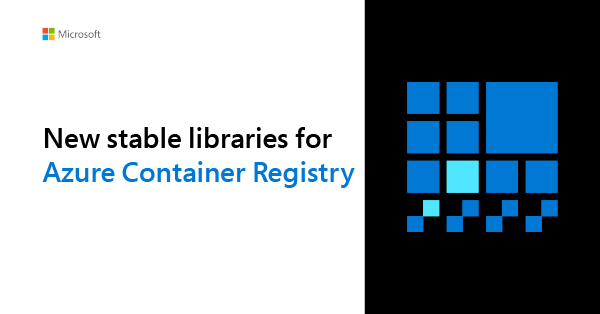
Announcing the new Azure Container Registry libraries

Azure Developer CLI (azd) – May 2023 Release
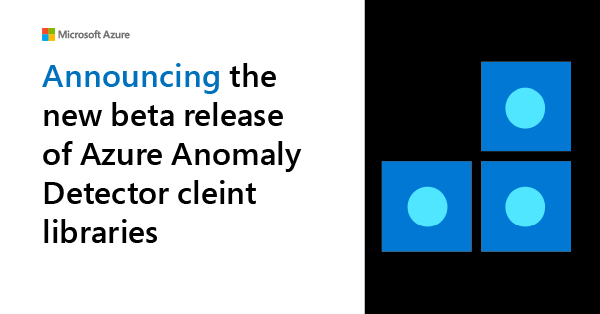
Announcing new beta release of Azure Anomaly Detector client libraries
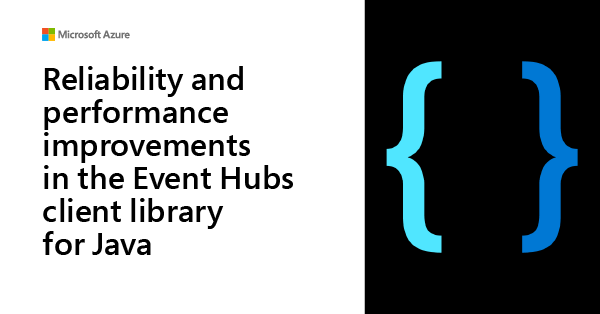
Reliability and performance improvements in the Event Hubs client library for Java

Azure SDK Release (April 2023)

Azure Developer CLI (azd) – April 2023 Release

Transport sharing in the Azure SDK for Python
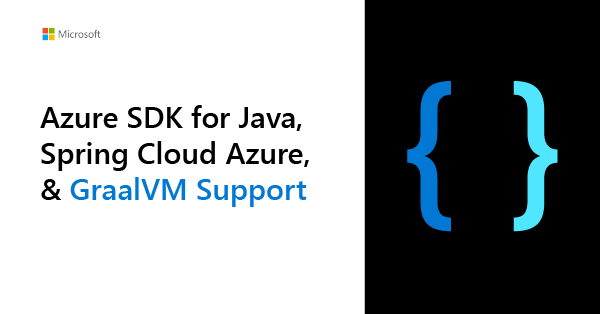

 Light
Light Dark
Dark